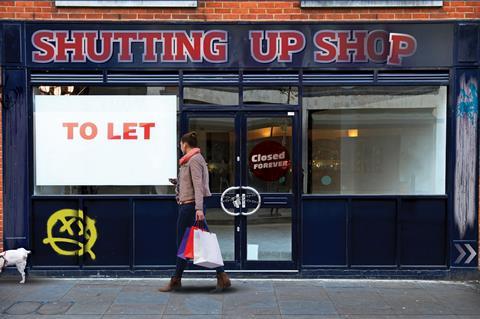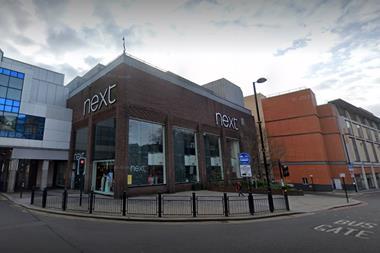There are growing calls for an ‘online sales tax’ (OST) to redress the balance between physical and digital retailing but a fiscal solution may have to be more intricate – and how VAT is levied may be part of the answer.

We’re all familiar with being asked in sandwich bars if we’re ‘eating in or taking away’. How we answer makes a substantial difference to the price we pay.
So for shopping could we create a similarly two-tiered VAT system where, for example, you would pay VAT at 15% if you shop in a physical store and 22.5% if you purchase online? This would be both an incentive for people to shop in person – and also for online retailers to lease physical stores. We’re already seeing a growing trend for the latter and this VAT differential could accelerate that.
It would certainly chime with what people want. In a YouGov survey we carried out for our Midsummer Retail Report this year, a large cross-generational segment among more than 3,000 shoppers wanted to see online retailers such as ASOS, BooHoo and – slightly ironically – NotOnTheHighStreet establish physical stores in their town centres.
However, if HMRC was to gift this competitive edge to high streets across the country, local authorities would have to find ways to reciprocate. They would need to look hard at planning flexibility – to regenerate areas where retail is redundant – and also parking charges to help encourage both landlords, occupiers and shoppers.
”If we really want to protect our town centres, we need to accept that many are over-shopped and the retailing space needs to be repurposed”
If we really want to protect our town centres, then we need to accept that many are over-shopped and the retailing space needs to be repurposed. In its place we must create the right infrastructure to support housing, offices, leisure and the logistics that support these.
Given that local authorities are to be financed in future by business rates levied in their domains, they have a vested interest in making town centres as vibrant as can be. However, it’s optimistic to think that any increase in business rates revenues will be ploughed into town centre regeneration. Councils facing financing shortfalls of up to 20% are going to be extremely stretched and shopping districts will have to wait in a long queue.
Similarly, the danger with simply applying an OST, as chancellor Phillip Hammond is promoting, is that it will simply milk the digital pure-plays and compel neither them nor, indeed, shoppers to make their way to the high street. And unless there was a direct conduit of cash from the OST to in-town regeneration then how would local authorities benefit?
Busy shops (and fewer of them) are the cure for the high street. Perhaps that veteran tax, VAT, can be used to get the ball rolling.
Paul Souber, head of London retail at Colliers International






























No comments yet